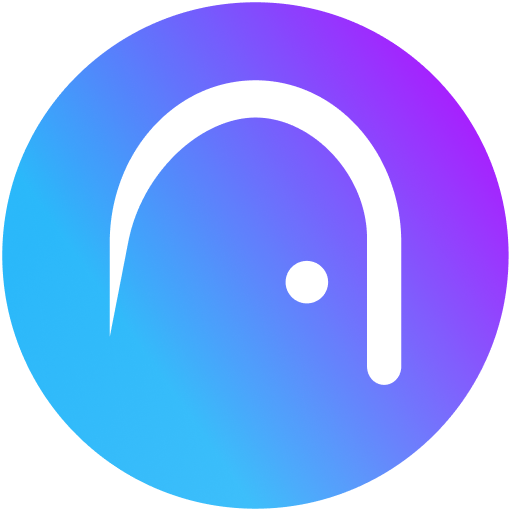Generative NFTs have risen to become one of the most pronounced NFT art forms. Although the concept had been around for more than fifty years, it did not really take off until 2017 when Larva Labs created the first-ever generative art collection on the Ethereum blockchain – Autoglyphs.
TL;DR
- Although generative art has been around for a long time, its precise origin is relatively unknown
- Generative art could be code-based or AI-generated imagery
- Generative art is effective for creating large NFT collections comprising up to 10,000 individual art
A Brief Background on Generative Art
Generative art is believed to have been around for more than fifty years. However, its precise origin is not known. Some accounts have it that computer-generated imagery originated from the Dada art movement which was spearheaded by Harold Cohen. Another account stated that this form of art creation was invented by German philosopher, Max Bense.
Despite the unclear nature of the origin of generative art, the idea behind computer-based art creation remains solid.
Blockchain generative art came to the limelight in 2019. This was made possible with the creation of “Autoglyphs” by Larva Labs. Autoglyphs is regarded as the first-ever generative art collection on the Ethereum blockchain.
Several NFT collections have since been created through generative art. Today, generative NFT art has become a niche, hosting some of the top NFT art collections on the blockchain.
What is a Generative NFT Art?
Generative art NFT is a form of art that is generated through computer algorithms. This type of art typically requires a digital artist to specify requirements such as colors and dimensions. Afterward, the computer algorithm generates random images by combining the features and the requirements that have been set.
Oftentimes, generative art follows patterns to create closely related images. Nevertheless, each image has its own distinct attributes and features. Rarity levels are often created based on these attributes and layers. As a result, the rarity level and layer attribute are used to determine the value of each newly minted NFT.
There are two ways to create generative art. The first is through code-based algorithms, and the second is through artificial intelligence software. Each approach requires a digital artist to specify the attributes and layers of the NFT, and in some cases, the total number of art that should be created.
The codebase, or AI, is then left to interact with the blockchain and smart contracts in order to generate randomized images that make up the NFT collection.
Also read: How NFTs are used in the gaming industry
Popular Generative Art Tools
Creators can generate NFTs using either code-based algorithms or AI software. Here, we list some of the tools that belong to each category.
Some code-based NFT generator tools include are;
- Cinder
- Openframeworks and;
- C4.
Some known AI-based NFT art generators include;
Popular Generative Art Collection on the Blockchain
Creating NFT art through codes and AI is now a trend. In fact, generative art NFTs are some of the top NFT art collections on the blockchain. Below are some of the most popular generative NFT art;
Interesting to read: How your project can raise funds through DeCir
Conclusion
Generative art NFT is a typical example of how humans and computers can work together to create tangible results. It shows how digital art can be brought to life through machine learning. Thus, tapping into the powerful resources and complex capabilities of computers to simplify art creation.


